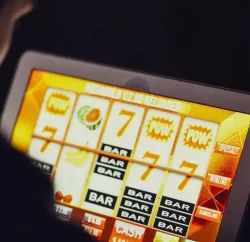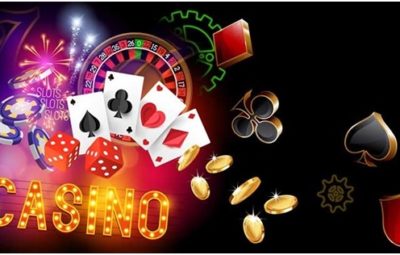
Pairing a left-handed and a right-handed player in pickleball doubles creates unique opportunities and challenges. This combination can offer significant advantages, such as wider court coverage and stronger forehands, but it also requires careful coordination and strategy. This article explores winning strategies to maximize the strengths of lefty-righty doubles partners.
1. Leveraging Forehand Dominance
One of the biggest advantages of a lefty-righty team is the potential for dominant forehand coverage across the court. Since both players can utilize their stronger forehand shots from different sides, they can effectively cover most of the court with powerful, controlled strokes.
2. Optimal Positioning and Movement
Proper positioning is crucial for lefty-righty pairs to avoid confusion and optimize court coverage. Players should establish clear zones of responsibility to prevent collisions and gaps. During the serve and return, maintain a staggered stance where each player is slightly diagonal to each other. This formation helps cover the court effectively and facilitates quick transitions.
3. Effective Communication
Clear communication is vital for lefty-righty teams to function smoothly. Establish signals or verbal cues for switching, shot preferences, and when to take over the middle. Regularly discuss strategies and adjustments during the game to stay on the same page.
4. Capitalizing on Opponents’ Weaknesses
Identify and exploit the weaknesses of the opposing team. Many players struggle against left-handed opponents because they are less common. Use this to your advantage by directing more shots to the opponent’s weaker side or creating angles that are difficult for them to handle.
5. Managing the Transition Zone
The transition zone, or “no-man’s land,” can be tricky for any doubles team, especially lefty-righty pairs. Both players need to work together to move seamlessly through this area. Focus on quick, synchronized movements and anticipate your partner’s shots to cover the transition zone effectively.
Practice drills that simulate moving from the baseline to the net and vice versa. These drills enhance coordination and help both players understand when to advance or retreat. Mastering this movement is key to maintaining pressure on opponents and reducing vulnerabilities.
6. Using the Best Equipment
Having the right equipment is crucial for performance. While skill and strategy are vital, the best pickleball paddle for beginners can significantly impact how effectively players execute their strategies. Choose paddles that offer a balance of control, power, and comfort tailored to each player’s style.
7. Practicing Team Coordination
Regular practice together helps lefty-righty pairs build synergy and refine their strategies. Engage in drills focusing on shot placement, court coverage, and communication. Simulate game scenarios to improve decision-making and teamwork under pressure.
8. Adjusting to Different Opponents
Adaptability is key to winning against various opponents. Analyze the playing style and strengths of each team you face. Adjust your strategies accordingly, whether it means focusing more on defensive play or taking an aggressive approach.
Being flexible and willing to tweak tactics ensures that lefty-righty pairs can handle different challenges effectively. The ability to switch strategies based on the opponent’s weaknesses and strengths is a hallmark of successful doubles play.
With the right strategies, lefty-righty pairs can be formidable on the pickleball court. By leveraging forehand dominance, maintaining optimal positioning, communicating effectively, and practicing regularly, these teams can maximize their strengths and minimize challenges. Embrace these strategies to enhance your gameplay and dominate as a lefty-righty doubles team.




















